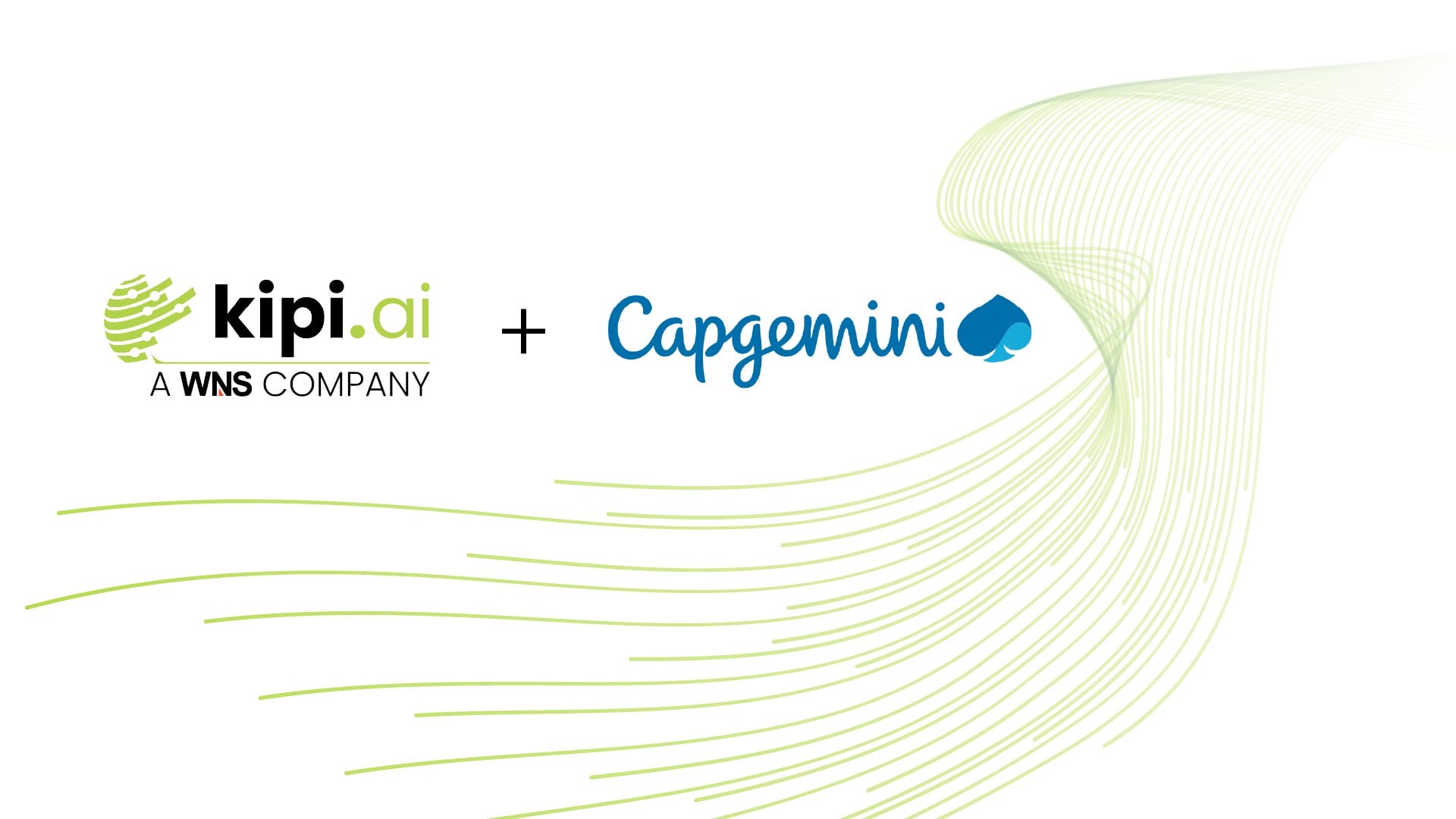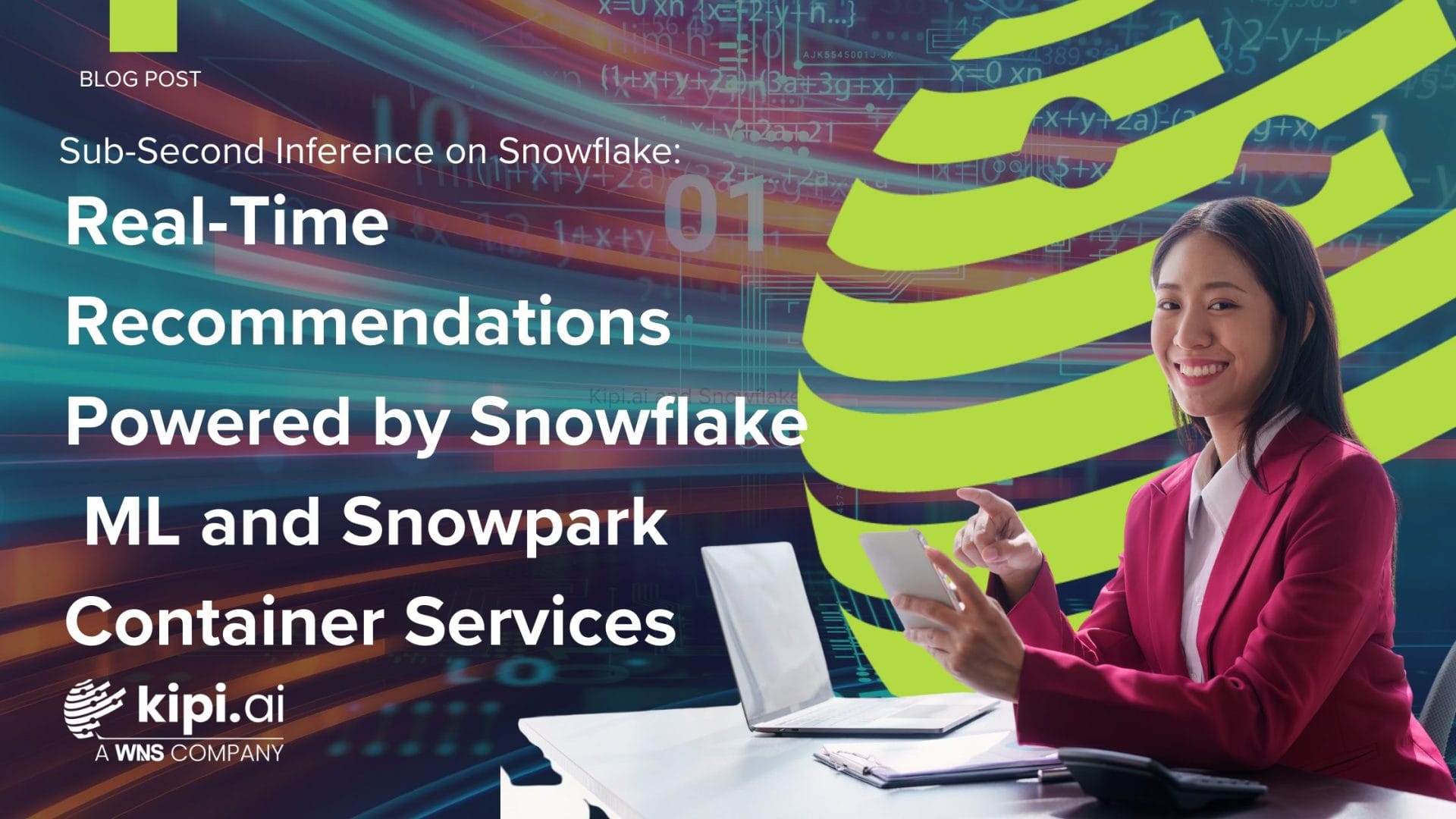Authored by – Drew Brigham
Introduction
In the fast-paced world of retail, understanding your customers is paramount. Customer 360 provides a comprehensive view of each customer by integrating data from a multitude of source systems. This enables retailers to better understand their customers, engage their customers in a more personalized manner, and better respond to changes in customer behavior. This holistic approach is a competitive advantage and necessary in today’s data-driven market.
What is Customer 360?
Customer 360 is a strategy consolidating data from multiple sources to create a unified customer profile. This includes purchase, CRM, shopping behavior, customer service, and demographic data. By leveraging Snowflake, retailers can centralize this data and create a unified, single source of truth for customer data. This unified data can be integrated into applications and business processes and leveraged in AI and ML models.
Reference Architecture
Augmenting 1st Party Data with Snowflake Marketplace
Retailers can leverage datasets from various providers in Snowflake Marketplace to create an enriched understanding of their customers. Here are a few providers that can be useful for retailers:
- ADP: Payroll and demographic data
- Experian: Demographic, life event, and purchase data
- Data Axle: Consumer demographic data
- Equifax: Income and spend data
How to Leverage Customer 360
Beyond enabling comprehensive descriptive analysis, customer 360 unlocks countless use cases to help your business better understand, engage with, and respond to your customers.
| Use Case | Description | Example |
| Segment Customers | Understand and target different customer groups with tailored marketing strategies. | Use demographic and purchase data to create segments for targeted promotions. |
| Predict Lifetime Value (LTV) | Prioritize marketing efforts by understanding the future value of each customer. | Implement ML models to forecast customer LTV and focus on high-value segments. |
| Anticipate Churn | Reduce customer attrition by identifying at-risk customers. | Deploy predictive analytics to flag potential churn and implement retention strategies. |
| Personalize Marketing & Content | Increase engagement by delivering relevant content and offers. | Use browsing and purchase history to create personalized marketing messages. |
| Recommend Specific Products | Boost sales with tailored product suggestions. | Leverage recommendation engines to suggest the most relevant products for a customer. |
| Create a Seamless Omnichannel Experience | Ensure a consistent customer experience across all shopping channels. | Integrate customer profiles across online and offline channels for a unified experience. |
| Improve Cross-Selling and Up-Selling | Increase revenue by identifying opportunities to sell additional products. | Analyze purchase patterns to recommend complementary products. |
| Enhance Product Development | Innovate based on customer feedback and preferences. | Use customer insights to guide new product features and improvements. |
| Enable Conversational Commerce | Personalize interactions through AI-driven customer service. | Deploy chatbots that provide tailored recommendations and support based on customer data. |
Developing a Customer 360 Solution
- Understand the Landscape: Conduct an in-depth discovery process to gain insights into current business processes, data models, and dependencies. Develop a comprehensive source inventory document detailing all data sources.
- Consolidate the Data: Consolidate data into a centralized Snowflake Data Platform to serve as the Single Source of Truth (SSOT). Evaluate and implement the best third-party tools available to facilitate this data consolidation.
- Create Data Models: Implement a three-layered architecture within Snowflake to create and maintain a Golden Record. This structured approach ensures data accuracy and reliability.
- Consumption & Sharing: Distribute the consolidated and processed data to various data consumers, including applications, marketing managers, data scientists, business users, data analysts, and third-party stakeholders.
- Data Activation: Enable data activation by integrating and making the consolidated customer data accessible within business applications. Ensure flexible and scalable data utilization across marketing, sales, and customer service functions.
Conclusion
Customer 360 is transforming the retail landscape by enabling businesses to leverage comprehensive customer data for better insights and personalized experiences. By implementing a Customer 360 strategy, retailers can enhance customer loyalty, optimize marketing efforts, and streamline operations. This approach clarifies customer behavior and preferences, allowing for more targeted and effective engagements. As competition in the retail sector intensifies, adopting a Customer 360 view is crucial for staying relevant and meeting customers’ evolving needs. Embracing this strategy will improve customer satisfaction and drive long-term business success.







